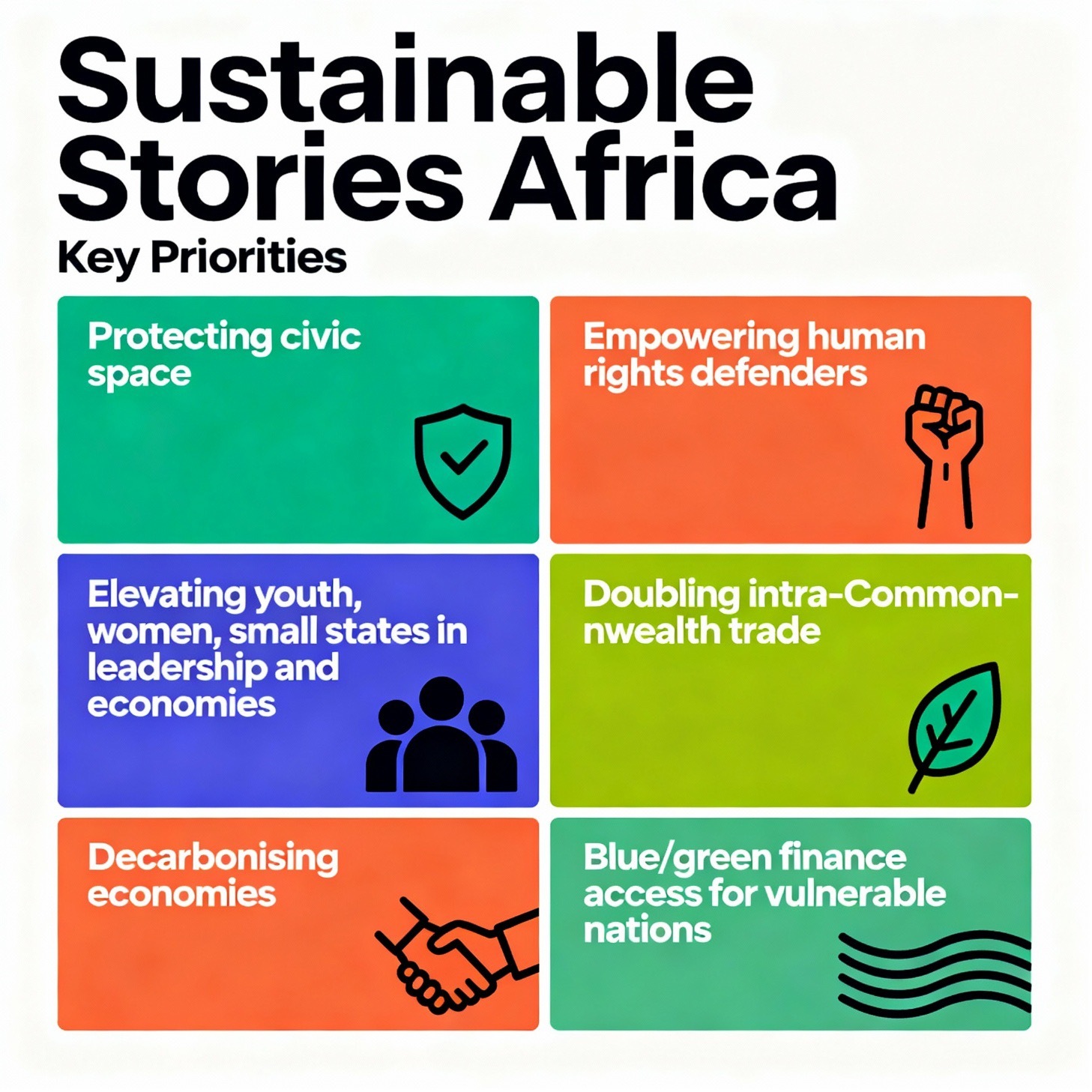As the Commonwealth Secretariat launches its groundbreaking Strategic Plan for 2025–2030, the world's most diverse gathering of nations charts a bold, unified path, one focused on building democratic institutions, fueling economic resilience, and accelerating environmental stewardship.
At its core, this plan aims to empower youth, elevate women, and fortify small and vulnerable states, forging a future where inclusion and innovation drive prosperity for 2.7 billion people.
Commonwealth Charts Path for Global Renewal
Amid mounting global disruptions, which include rising inflation, climate emergencies, and growing distrust in public institutions, the Commonwealth Secretariat unveils its new Strategic Plan, designed to refocus priorities and deliver a measurable, lasting impact for member nations.
The plan centres on three transformative pillars: strengthening democracy, revitalising economies, and driving environmental change, with cross-cutting outcomes for the most vulnerable populations.
The urgency of these efforts is not lost on the Secretariat's leadership, who spotlight the lived realities of shrinking trust and escalating geopolitical tensions. "This is the moment for the Commonwealth to show both its relevance and strength," said Secretary-General Shirley Botchwey in her foreword, advocating for purpose, courage, and collective action. The plan identifies strategic programs and accelerators that will address immediate crises and long-term ambitions.
By prioritising inclusive growth, leveraging strategic partnerships, and fostering digital innovation, the Secretariat seeks to ensure member countries, especially youth, women, and small island developing states, have the tools and voice to succeed and flourish.
This comprehensive roadmap combines tradition with transformation, aiming for a resilient Commonwealth by 2030.
Why This Strategic Plan Demands Global Focus
The Commonwealth's new multi-year plan provides a context where democratic, economic, and ecological challenges converge.
Inflation, debt, and climate peril disproportionately threaten marginalised communities, especially in small island states and low-income countries. The Plan's foreground processing of democratic resiliency and responsive institutions is timely and strategic.
Trust in governance is at historic lows, with only 20% of young citizens expressing faith in public institutions.
Structural support includes early warning systems for democratic risk and comprehensive election-cycle backing.
Key Challenges Addressed by the Strategic Plan
| Challenge | Democratic | Economic | Environmental |
|---|---|---|---|
| Trust decline | ✓ | ||
| Debt distress | ✓ | ||
| Climate shocks | ✓ | ||
| Youth exclusion | ✓ | ✓ | ✓ |
| Gender bias | ✓ | ✓ | ✓ |
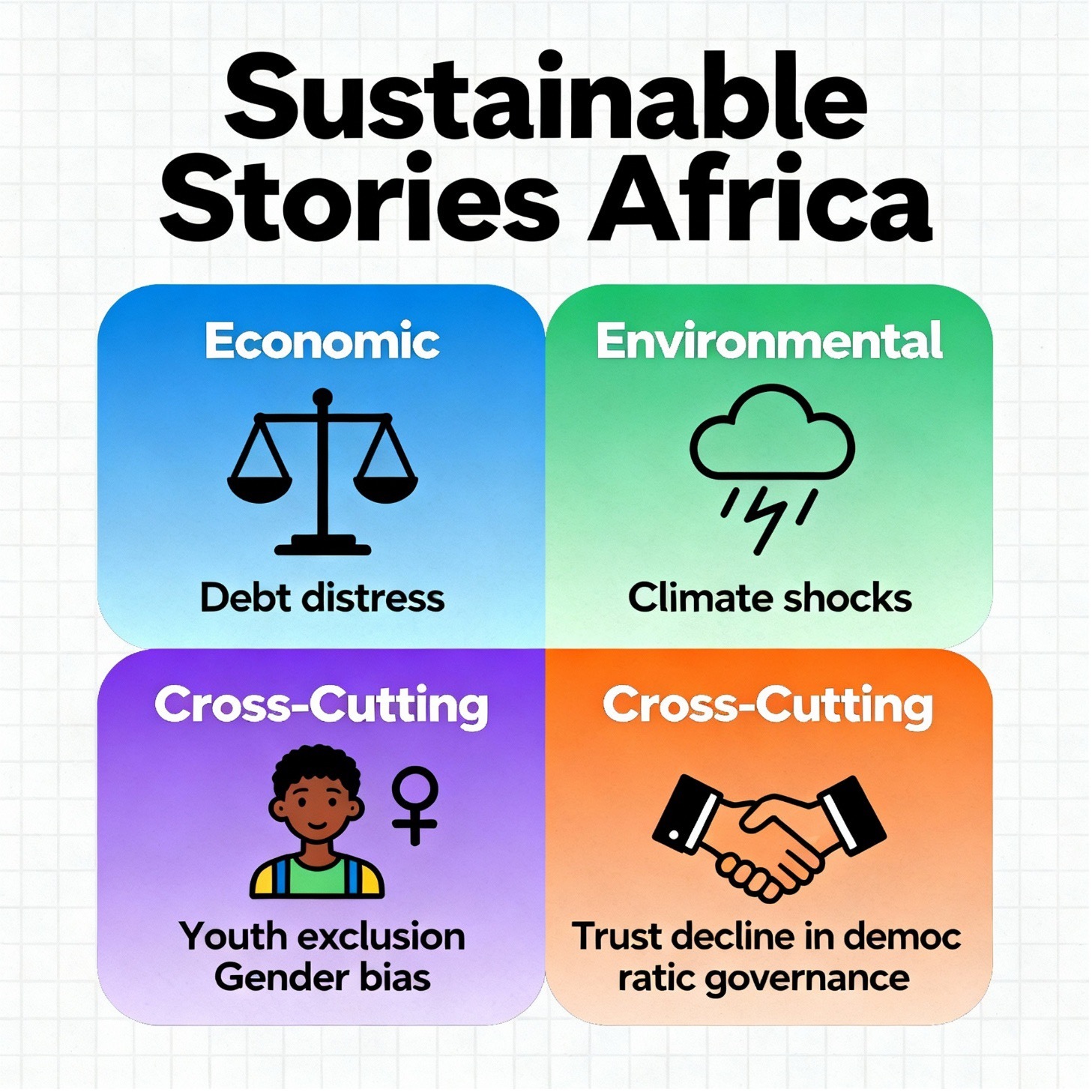
Strategic Pillars and Headline Targets
Three flagship programmes define the plan:
Democratic Resilience
- Whole-of-cycle election support in 40 Commonwealth countries
- Early warning for democratic setbacks
- Revitalised Ministerial Meetings for political action [1]
Economic Resilience
- $2 trillion intra-Commonwealth trade target by 2030
- Meridian debt management for 45 nations
- Inclusive market access for youth and women; backing small businesses
Environmental Resilience
- Climate finance mobilisation ($499M since 2015)
- Support maritime boundary negotiations—23 countries since 1978
- Champion green and blue economy innovation; accelerate clean energy transitions
Programme Comparison
| Programme | Main Goal | Sample Headline Target | Priority Populations |
|---|---|---|---|
| Democratic Resilience | Protect rights, build institutions | Early warning for democratic risks | Youth, Women, Small States |
| Economic Resilience | Shared prosperity, debt relief | $2T trade; Meridian debt system | Youth, Women, Small States |
| Environmental Resilience | Climate action, sustainability | Green economy & finance | Youth, Women, Small States |
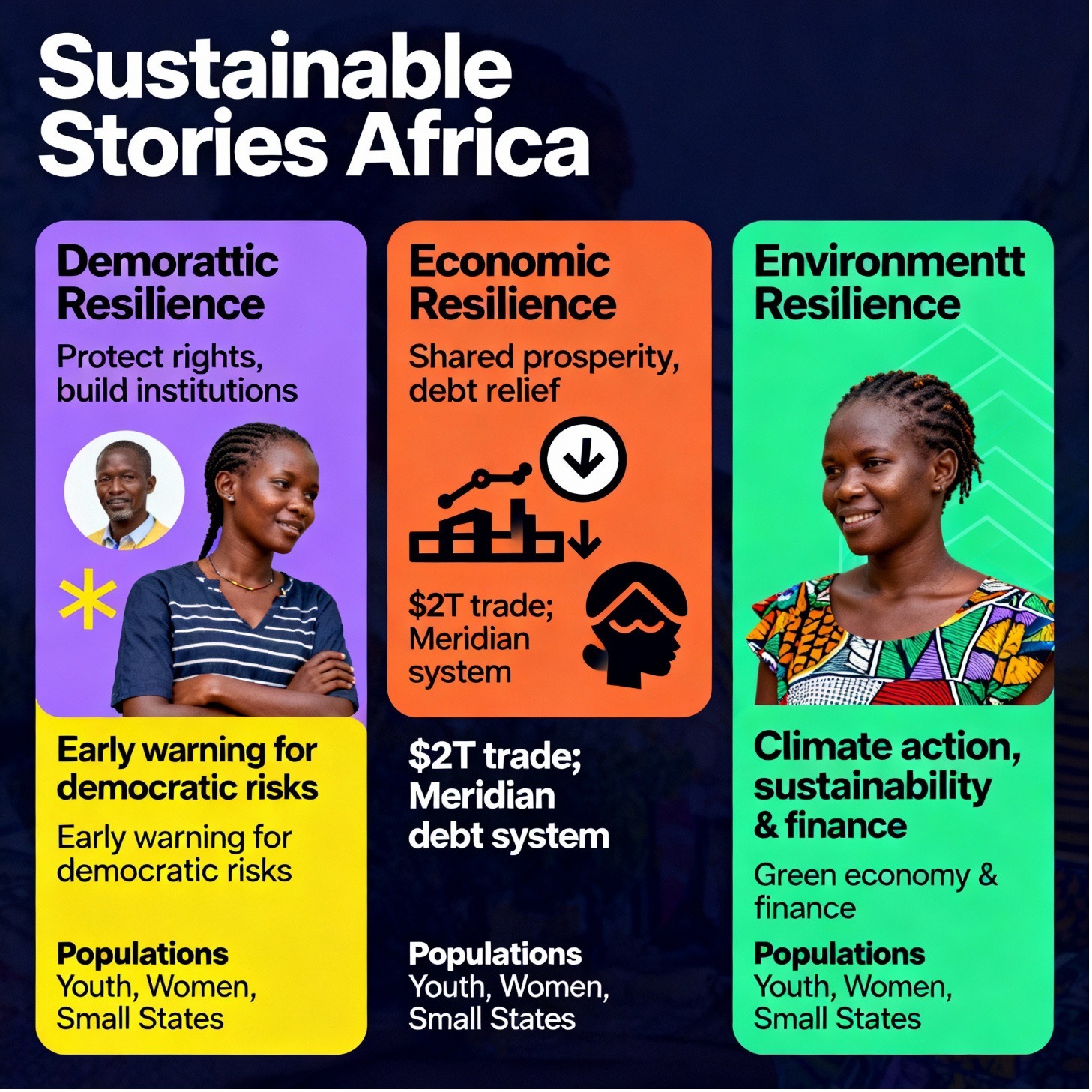
Progress for People – Why It Matters Now
By channelling resources toward the most vulnerable, the Secretariat seeks to address and catalyse transformative change.
Two-thirds of Commonwealth citizens are under the age of 30; yet exclusion persists across employment, education, and IT access.
The Plan responds with initiatives such as the Youth Development Index, Youth Entrepreneurship Fund, and new tech partnerships to bridge digital divides.
Gender-responsive budgeting and advocacy for STEM leadership among women will be central.
The promise:
- Thriving small businesses and digital skills for youth.
- Debt management innovations and accessible climate finance for small states.
- Elevation of women's voices in governance and economic spheres.
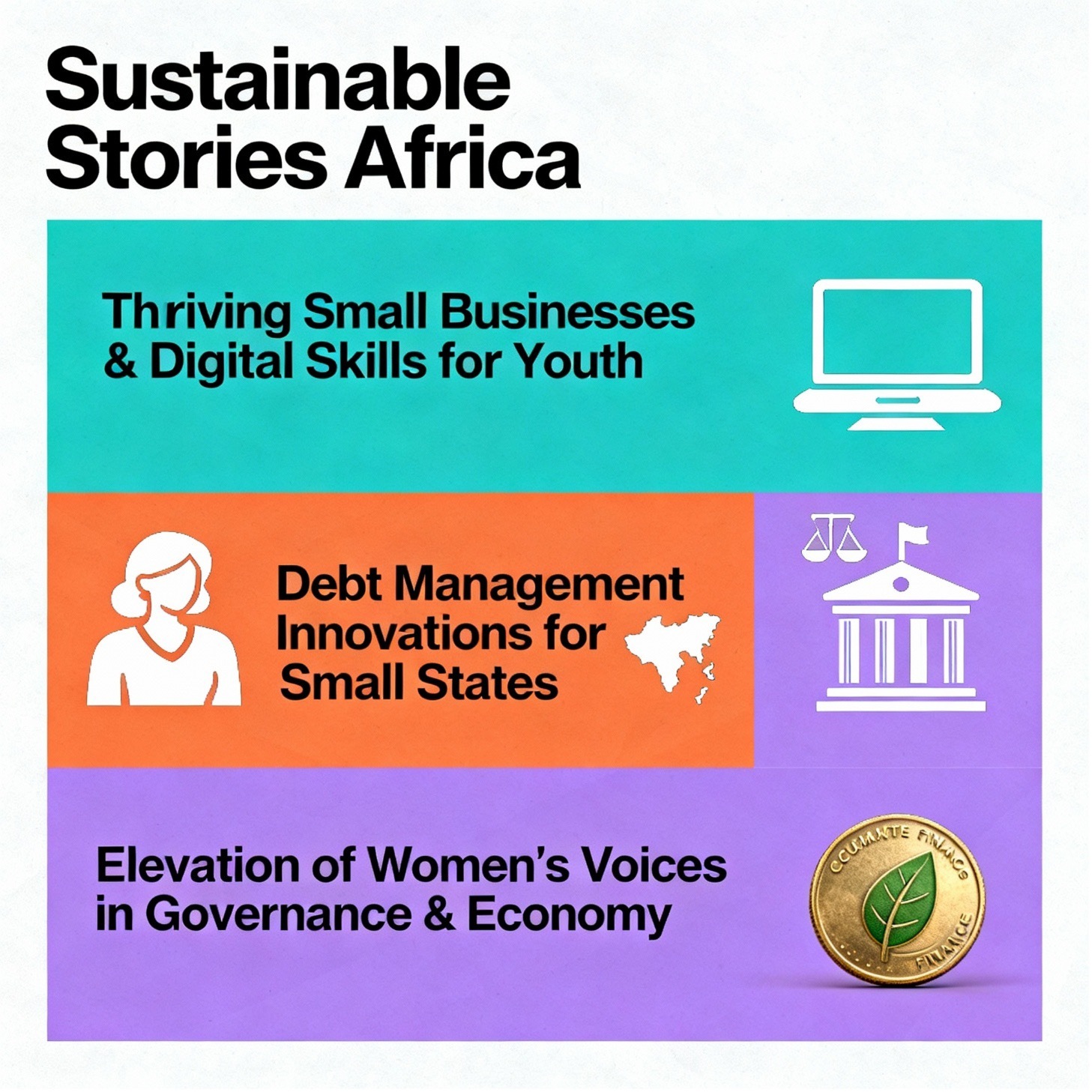
Empowering Member States and Driving Collective Change
The Secretariat's call to action is explicit. Member states must invest, collaborate, and innovate with importance.
Strategic accelerators include modernising internal governance, unleashing partnerships with 97 accredited organisations, and leveraging artificial intelligence and digital transformation for programme delivery.
Real-time monitoring, evaluation, and learning will drive accountability and understanding of areas for correction.
Commonwealth Secretariat Strategic Plan (2025-2030) – Three Pillars & Impact
The infographic below highlights the scope and beneficiaries of each pillar in the Commonwealth's vision.
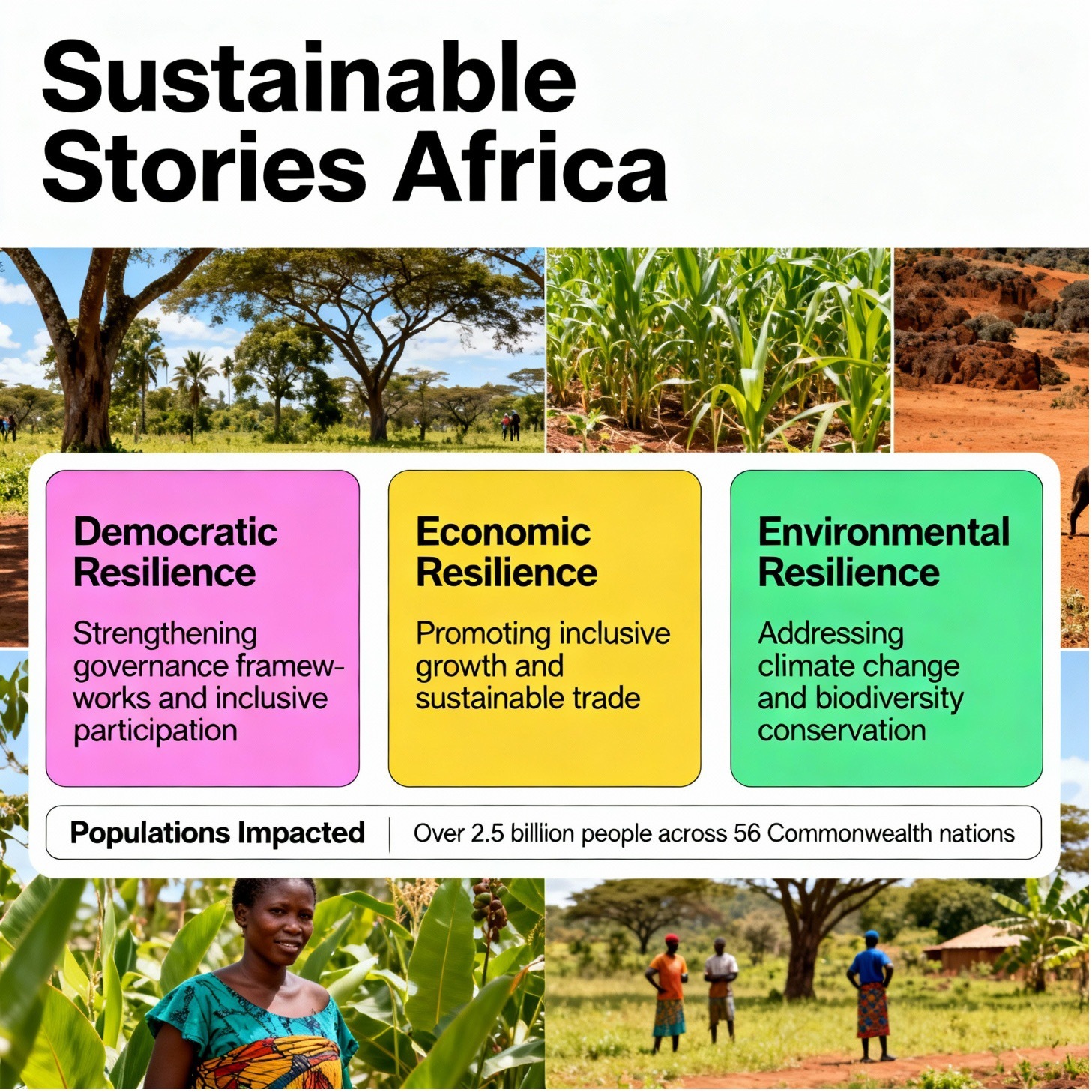
Path Forward – What Success Will Look Like by 2030
By the close of the decade, the Secretariat envisions a Commonwealth marked by robust democracies, inclusive prosperity, and sustained environmental stewardship. Key priorities include.
- Protecting civic space, empowering human rights defenders
- Elevation of youth, women, and small states in leadership and economies
- Doubling intra-Commonwealth trade, decarbonising economies, and ensuring blue/green finance access for vulnerable nations
The cornerstone remains a capacity to adapt, learn, and empower communities to shape resilient futures.
